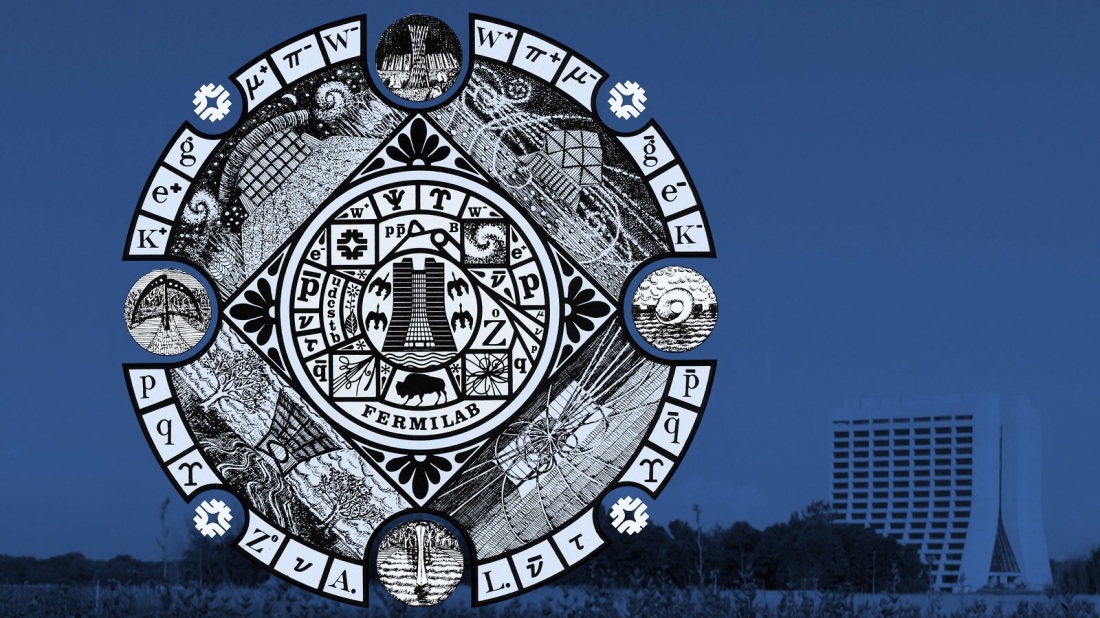
FNAL Art Image by Angela Gonzales
Fermilab is an enduring source of strength for the US contribution to scientific research world wide.
September 1, 2016
Chris Mossey
Chris Mossey is the Fermilab deputy director for LBNF.
We received great news on Sept. 1: the LBNF/DUNE CD-3a milestone was approved by Under Secretary Lynn Orr, on behalf of the DOE’s Energy Systems Acquisition Advisory Board. This critical decision milestone is the culmination of a variety of independent cost, schedule, management, and technical reviews and represents DOE’s green light to begin the significant amount of conventional facilities work at Sanford Underground Research Facility necessary to support the DUNE experiment.

FNAL LBNF/DUNE from FNAL to SURF
And we are ready to get started! The CD-3a work will include the excavation of two caverns: one that will hold two of the four planned DUNE detectors; and one for utilities and cryogenic systems. The work will begin in earnest once Congress makes FY2017 funding available. We are pleased that DOE has already requested this funding through the President’s Budget Request and it is in the appropriations bills currently under consideration by the House and the Senate.
We’ll keep you updated as the work proceeds. The first step will be to install the systems that will transport hundreds of thousands tons of rock to a surface location. This preparatory work is planned to start in 2017. The major excavation for the first two DUNE neutrino detectors and related utility systems is planned to begin in the fall of 2018.
As I mentioned in my last update, we’ve already begun the process of soliciting bids from potential construction managers for the work at Sanford Lab, and are on track to award the contract in January.
Meanwhile, much progress is being made in developing the cryostats and particle detectors that will go into the caverns. At CERN, our colleagues are finishing construction of a building that will host two 6m x 6m x 6m cryostats. Then, this fall, the DUNE collaboration will begin construction of the two large DUNE prototype neutrino detectors (protoDUNEs) inside these cryostats. These prototypes will use and test the same full-scale detector components that will be used in the first two 17,700-ton liquid-argon detectors at Sanford Lab.
So, clearly a lot of work ongoing – and getting DOE’s CD-3a approval to start the excavation work at Sanford Lab will enable us to ensure that the underground caverns are ready when needed by the DUNE experiment.
Achieving this milestone is the result of a tremendous amount of work by the LBNF/DUNE project team, including our CERN partners; many staff and users here at Fermilab and our partners at Sanford Lab; the entire DOE team; and supporters at collaborating institutions around the world.
LBNF and DUNE are proceeding well and on schedule, and I will continue to keep you updated on the project’s progress.
See the full article here .
Please help promote STEM in your local schools.
Fermi National Accelerator Laboratory (Fermilab), located just outside Batavia, Illinois, near Chicago, is a US Department of Energy national laboratory specializing in high-energy particle physics. Fermilab is America’s premier laboratory for particle physics and accelerator research, funded by the U.S. Department of Energy. Thousands of scientists from universities and laboratories around the world
collaborate at Fermilab on experiments at the frontiers of discovery.




